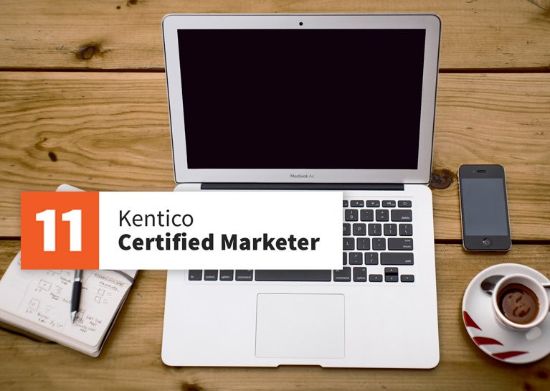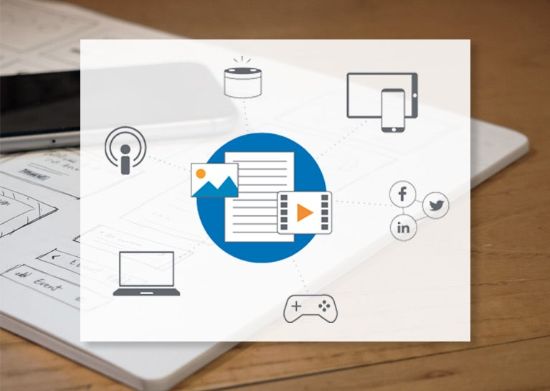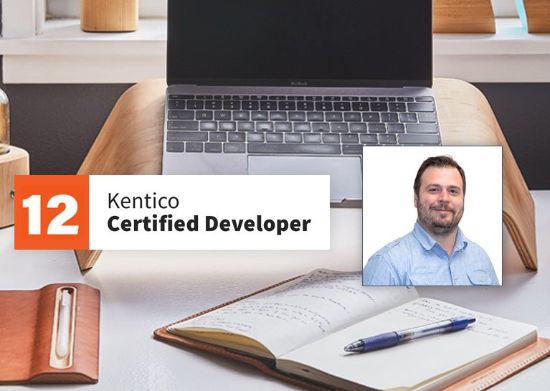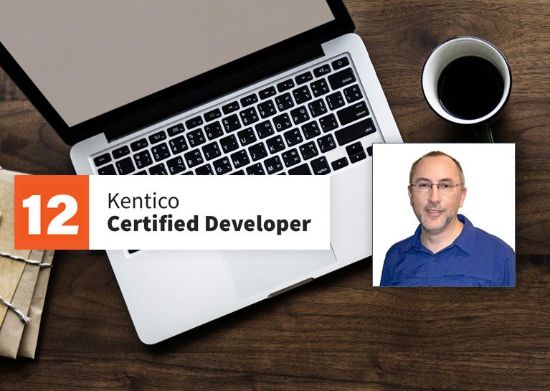
A few weeks ago, I started a series of articles on the “perfect storm of tech evolution” that’s currently rolling across the world of digital experience, and how businesses with significant online assets can really take advantage of it. To recap quickly, this stage of the digital content evolution - or, maybe, revolution - shows the industry moving from conventional architectures onto more flexible, format-, context-, and device-agnostic platforms, primarily on .NET Core as an industry standard. This tectonic shift is pushing the entire digital marketing world into true digital experience management, rather than mere content marketing.
But, like all revolutionary change, this switch comes with its own kind of challenges. While, of course, adopting the new world of web experience management is by nature an upgrade, it’s a little more complex than that. Moving from the conventional world, essentially front-facing CMS platforms, into the flexibility and multichannel capabilities of modern web experience management actually requires a complete rebuild of your overall content architecture. In order to adapt to the new world of headless, agile platforms based on new technologies like .NET Core, and use it to take full advantage of all of the options the modern digital marketer, your business will need to do some serious re-thinking of your content modeling, across the whole marketing ecosystem. This rethink will also prepare your modeling for content - and maybe for your entire business - for a much more flexible and stable future, at least on the development front.
But it’s not all difficult, laborious news. The rebuilding process also means you’re about to be presented with a tremendous opportunity to visit your existing content marketing, eCommerce, and digital experience architectures, from the top down, and to create new strategies that encompass more and more opportunities for growth. This is your chance to build an entirely new, cohesive, all-encompassing, multichannel marketing, and content ecosystem focused on the full digital experience. Imagine the possibilities that can come from this process - many you may not have even thought of up to this point. You now have the opportunity to develop - or (if you’re ahead of the game) perfect - a strong, new, future-proofed content model, one that fits into all the possibilities for content distribution, from web, to watches, to streaming devices, and more. And for those organizations who may not be ready to take this leap, a thoughtful model allows you to start with the Web and grow from there.
While you’re rethinking and planning for rebuilding all the tools for your new content modeling architecture to handle all of these new channels and strategies, you can also refresh your entire digital marketing stack. Maybe your business will learn in the process of planning and building that you’re ready to move from conventional front-end centric content management to a true headless CMS. The content model that is quickly becoming the leading edge of web experience management, the true headless CMS is truly agnostic about the method of content distribution, channel, or even format, acting essentially as an asset and content repository. But more than just a place to hold the content, this becomes a digital experience platform (DXP), complete with semantic - and even AI - capabilities.
With the true headless CMS and all of its content capabilities, you’ll find yourself and your business fully abstracted from the web and able to view your entire content strategy stack agnostically. You’ll have access to all assets and methodologies to broadcast across all sorts of platforms, seamlessly, easily guarding your branding and reporting off of multiple channels. Whether the intent is internal or external presentations, sales pieces, thought leadership, social media - all platforms are fair game, and all contexts are open and ready to populate.
As wholly liberating as this all may sound, the headless CMS is not a necessary asset - and it may not fit well with your current content schemas - which is fine. The new architecture we’re talking about handles the conventional CMS just as well as the headless. In fact, the new digital experience platform is flexible enough that the process can be incremental; by content, by channel, by context, and on and on. At BlueModus, we’re focused almost exclusively here - aiming to introduce this new way of thinking, in partnership with Kentico - the leader in .NET Core and digital experience platform development.
I’ll be spending more time in upcoming articles about just how Kentico, and their most recent release of the Kentico Xperience 13 DXP, can easily help usher your business into the next level of web marketing evolution. Stay tuned to learn more.










